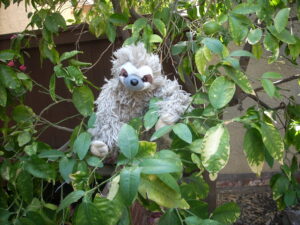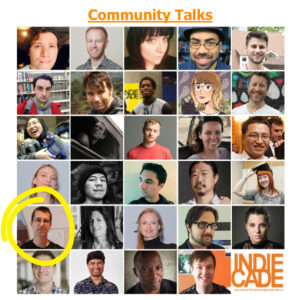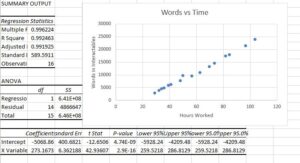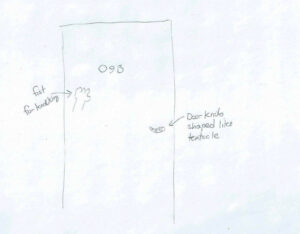Again, a slightly belated update – though mostly for good reasons. May was a very busy month, where my two teaching jobs coincided with curriculum design work and created a real storm of work, work, work, and occasional sleep. With grades all in, I now have time to talk about happenings.
First off, I received a wonderful batch of thank-you letters from the two classrooms that I worked with back in April. In both classrooms, I helped teachers help kids through the Systems and Ecosystems program, where kids learn about *ahem* systems and ecosystems through art, storytelling, and play. Last week, I received a set of thank you letters from these students. One student said, “I liked when we got to do the puzzle with the sun because it was hard.” Which is amazing!
On Wyrd Con: It was a bunch of really thoughtful and friendly people doing all sorts of fun and interesting stuff. Really, a great community. But also rather flaky. Eight people pre-registered for Fire and Flora, but only two people showed (one pre-register, and one walk-in). The guy who had pre-registered had run an event the evening before, and had only 50% of pre-registrations show … so that he had to play multiple roles in his LARP. Overall, I had fun, and I’d love to go again as a player, but I don’t know that I’d want to run an event again.
On Math Alive!: The end result was very positive. I didn’t quite finish writing up all the tutorials (8.5/10), but I got close. All of the students learned a mishmash of programming and math, and found time to add at least a few of their own ideas to their projects. One student specifically noted the ‘to be continued’ at the end of the last page that I had given her, and asked if I could send her the rest over the summer. You bet! So, I’ll plan to finish those last pieces this week, and post the whole bunch to the web.
On the future: This month, I’ll be advancing two big projects: Exploring Matter, and Sprout.
Exploring Matter (tentative title) is an interactive e-book that I’m writing with the NSTA. I’ll post a few bits publicly, but most will be semi-secret, only available on the behind-the-scenes Patreon feed. The plan is to have a first draft by the end of this month, and a completed book within three months. Stay tuned.
Sprout you have heard about before. With the summer pause in teaching duties, I now have time to get more into gamemaking. The animations have taken far, far longer than I expected. But even with my new and more realistic timetable, I expect to have a release candidate by the end of the month.
So, lots of stuff still going on, but I’ll be able to take my work schedule down to 40 hours per week. This will be a welcome relief, allowing me to reconnect with some friends, and get in some good summer hiking.
Lastly, as a special thanks to those who have supported us at the $10/month level during May (and above), we’re sending each of you a first-edition, printed paper version of the outline for Exploring Matter – a teaser of things to come.
Till next time,
Tim
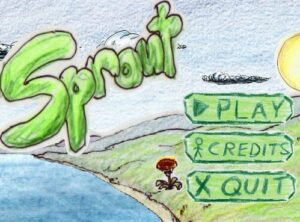 This is RC1, which means it is fully playable with no obvious bugs. Now we need to find and catch the remaining rough patches and subtle bugs. Download the game, give it a whirl, then let me know what you find, and what you think.
This is RC1, which means it is fully playable with no obvious bugs. Now we need to find and catch the remaining rough patches and subtle bugs. Download the game, give it a whirl, then let me know what you find, and what you think.
